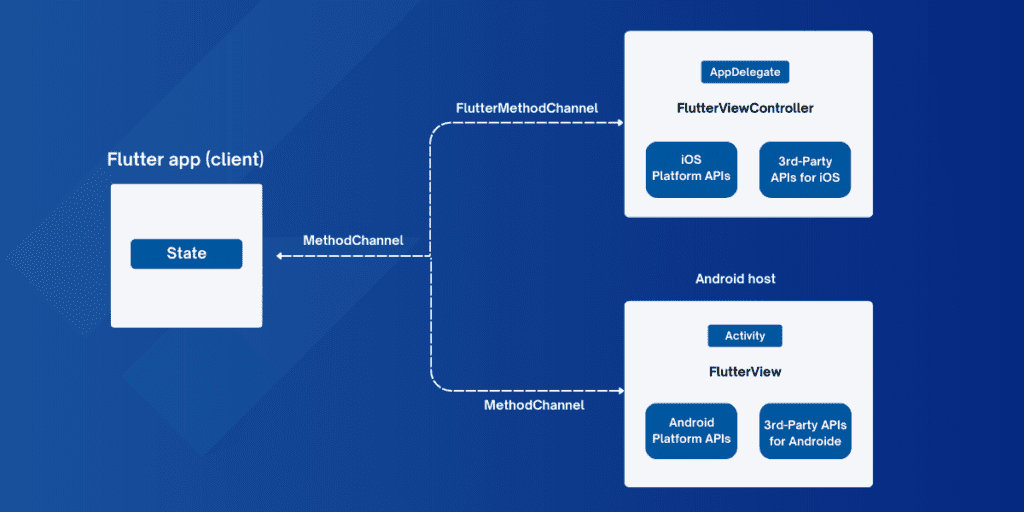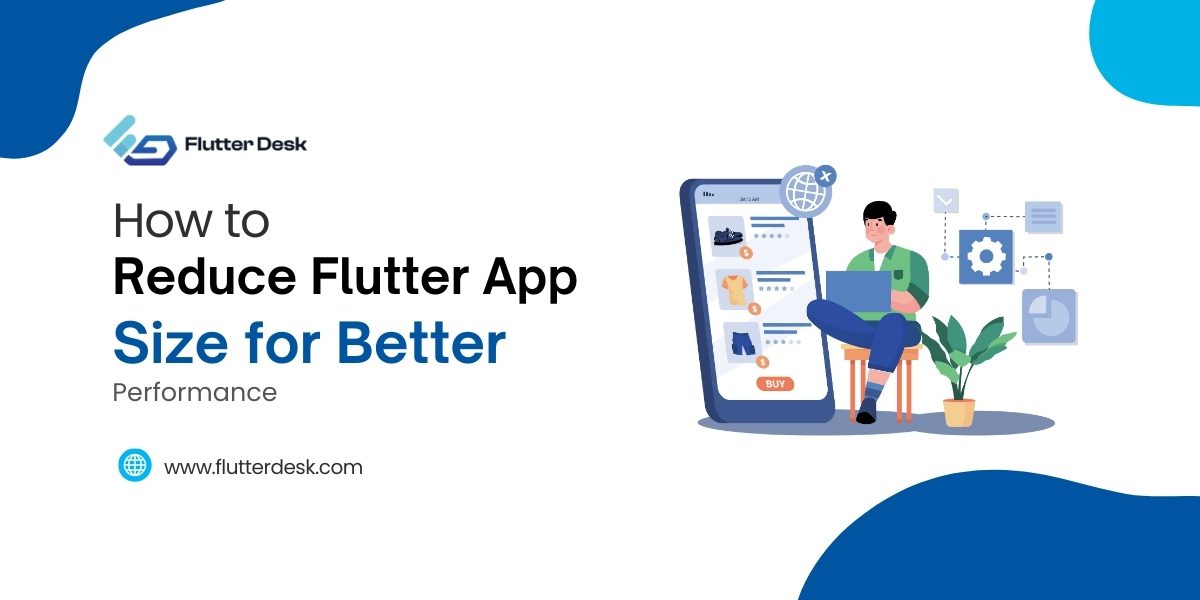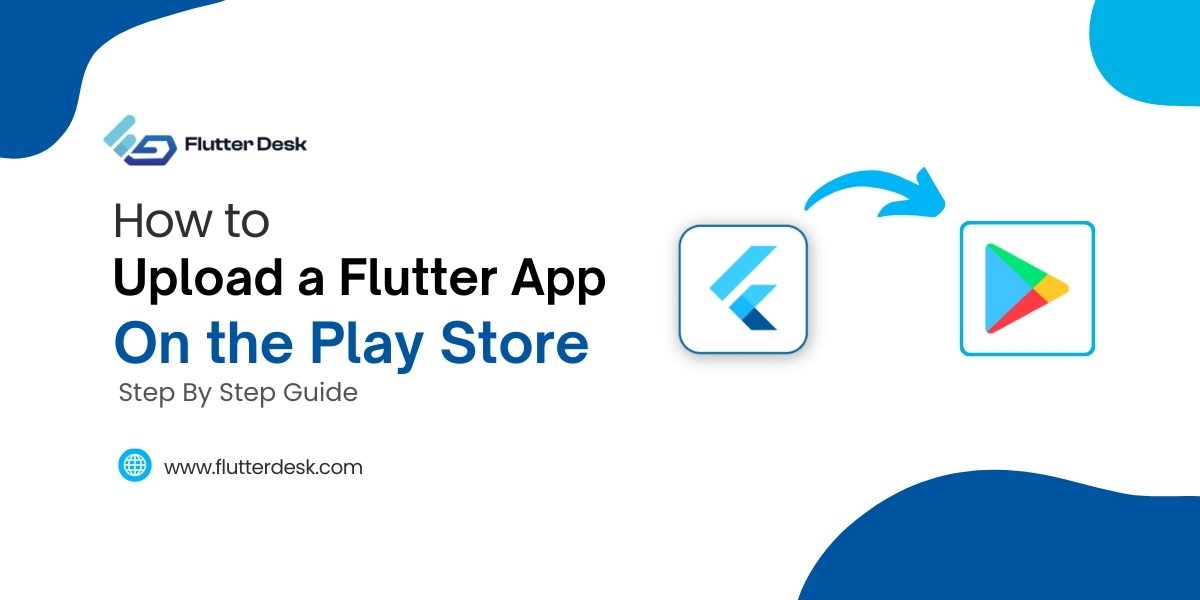Where Flutter has been helping businesses and startups to revolutionize their digital game, it has equally made healthcare institutes like hospitals create intuitive service-based or enterprise applications. As per a recent survey in 2022, the download of healthcare apps has reached a staggering 7 billion globally, with users demanding more intuitive and seamless interfaces.
Even more intriguing is over 30% of top-performing healthcare apps use Flutter, Google’s open-source UI software development tool. Understanding Flutter’s role in impacting healthcare’s rapid digitalization is crucial. Flutter is transforming healthcare app development with its seamless UI.
Why Flutter?
Several benefits of Flutter make it a top preference for mobile app developers. Considering the healthcare app perspective, the following reasons make Flutter idle for healthcare app development:
-
High performance for patient monitoring
Just imagine a healthcare app where patients have to wait too long to get an appointment or a service while suffering from acute pain. The remote application where immediate assistance is given to the patient must be quick and high-performance. That’s what Flutter does.
The cross-platform Flutter technology completely takes everything under cover. Most services don’t need more than 60 frames per second of image change, and it is easy to design user experiences for 120 frames per second on ProMotion displays. The Dart programming language that Flutter employs also eliminates the need to recompile an app before reviewing modifications. Thanks to AOT compilation, the application continues to perform well after it has been released.
-
Smart UX/UI For Easy Navigation
Graphics and design of the health care application are essential as these things assist patients and doctors to have easy and hassle-free navigation. The Flutter library is enriched with creative Flutter templates, widgets, and components which can be used to make a healthcare app like a pro. You can use them to create user-friendly designs to complete your application professionally.
The introduction of Flutter 3.7 has offered new components, widgets, and a navigation drawer. This allows you to realize minimalist designs while significantly reducing production costs.
-
Easy third-party API Integrations
Patient healthcare applications often need integrations for third-party services, such as payment gateways, navigation systems, data storage, etc. Flutter’s ability to smooth third-party API integrations makes the app development process more streamlined.
-
Bug-Free Code Writing
Bugs in the healthcare app significantly limit their true potential. They might interfere with the immediate checkup of patients who need emergency help. Therefore, creating a mobile application with periodic quality checks and testing is essential.
Flutter provides a set of testing protocols for thorough app testing and bug fixing. It also assists developers in writing clean code with a single code base because writing multiple increases the incidence of bugs and errors.
-
Fast And Cost-Efficient Development
Since Flutter is a cross-platform tool, it saves the developer effort and cost, which comes with writing multiple codes for each platform. These features further assist communication with end users also.
-
Simple Logic Implementation
Implementing sophisticated logic is made easier with Flutter’s extensive library support and the coherent Dart language. The processing of data and the correctness of the reason are essential in healthcare apps. Connectivity protocols, GPS locations, user permissions, and other OS-level features are typical examples of what modern programs rely on. Thankfully, many of these can be found as dedicated plugins for the Flutter platform. Your engineers may be able to coordinate the integration of necessary native app functionality into your Flutter app by communicating over the appropriate platform channels.
Let’s check out the breakdown below:

How To Make A Flutter Healthcare App?
- The first step of developing a Flutter healthcare app is identifying requirements. Identify what features, design, components, and target audience you want to target with the application. With the target audience, we meant the app’s purpose, i.e., Service based or enterprise base health app.
- Install Flutter SDK and Dart. Configure your editor (VS Code, IntelliJ IDEA, or Android Studio).
- Use Flutter’s widget library to design intuitive interfaces, ensuring user-friendliness for patients and healthcare providers.
- Pick a server-based system (like Firebase or RESTful APIs) to handle patient information, scheduling, etc.
- An external API may be required if you’re using advanced functionality like a payment gateway, a map, or telemedicine.
- Put into action a system of real-time charts, monitoring software, and alerts for urgent information.
- Apps created using Flutter may be easily distributed to the Google Play Store and the Apple App Store.
- Keep the app up-to-date with the latest OS, features, and bug patches.
Flutter Healthcare App Templates
Flutter templates work best if you are a newbie without prior flutter expertise. These flutter templates are expertly designed with intuitive UI’s that stand no limits to getting a professionally prepared application design. There are various beautifully designed Flutter health app templates that you can use for mobile application development.

Need a Dedicated Flutter Developer or a Team?
- 7-Day Risk-Free Trial
- Flexible Hiring Model
- 12/7 Customer Support
How Long Does It Take To Build A Flutter App?
The more complicated and advanced the app, the longer it will take to develop with Flutter. The development time for a simple app might range from a few weeks to many months. Remember the need for planning, creating, testing, and iterating.
Wrapping Up
It is impossible to emphasize the significance of the user experience in developing digital health solutions. Regarding the evolution of medical applications, Flutter Healthcare App Development stands out as more than just a fad. Flutter is at the forefront of this movement because it enables developers and healthcare experts to work together to build more user-friendly, adaptive apps focused on individual users’ needs. The future healthcare industry will be more connected, efficient, and user-friendly if these technologies are adopted now.










